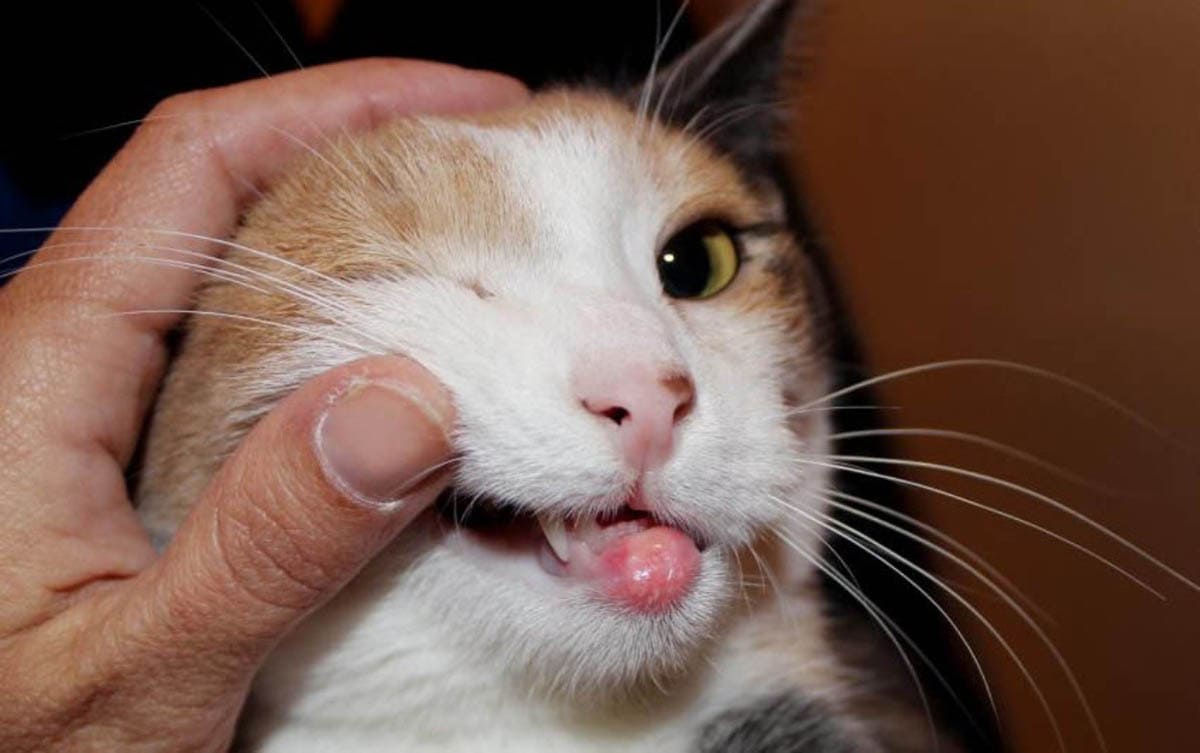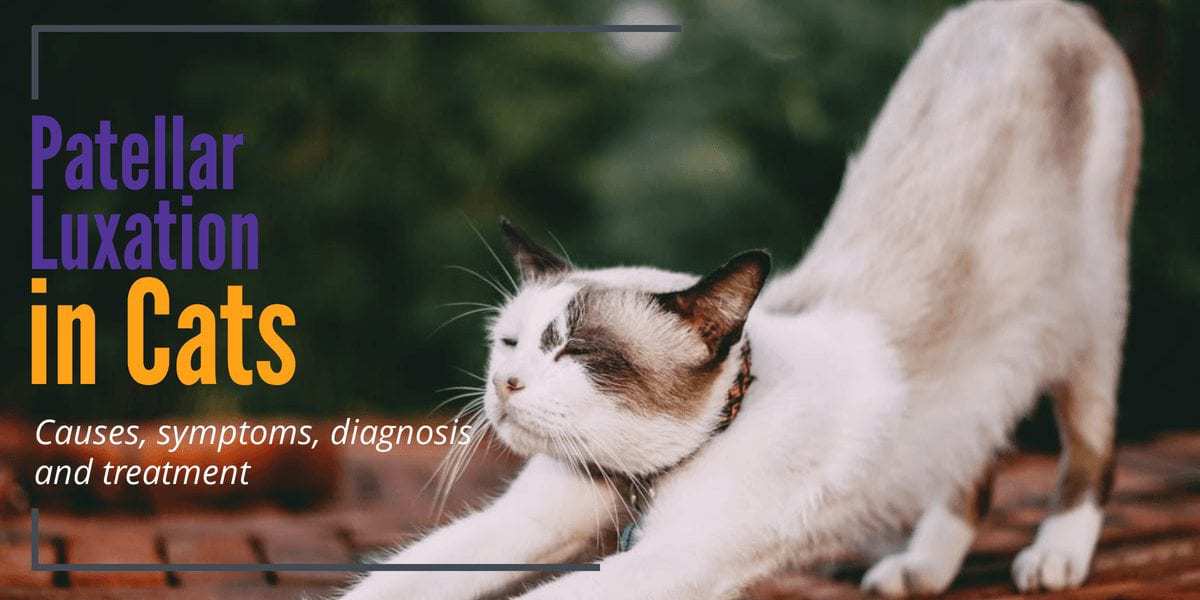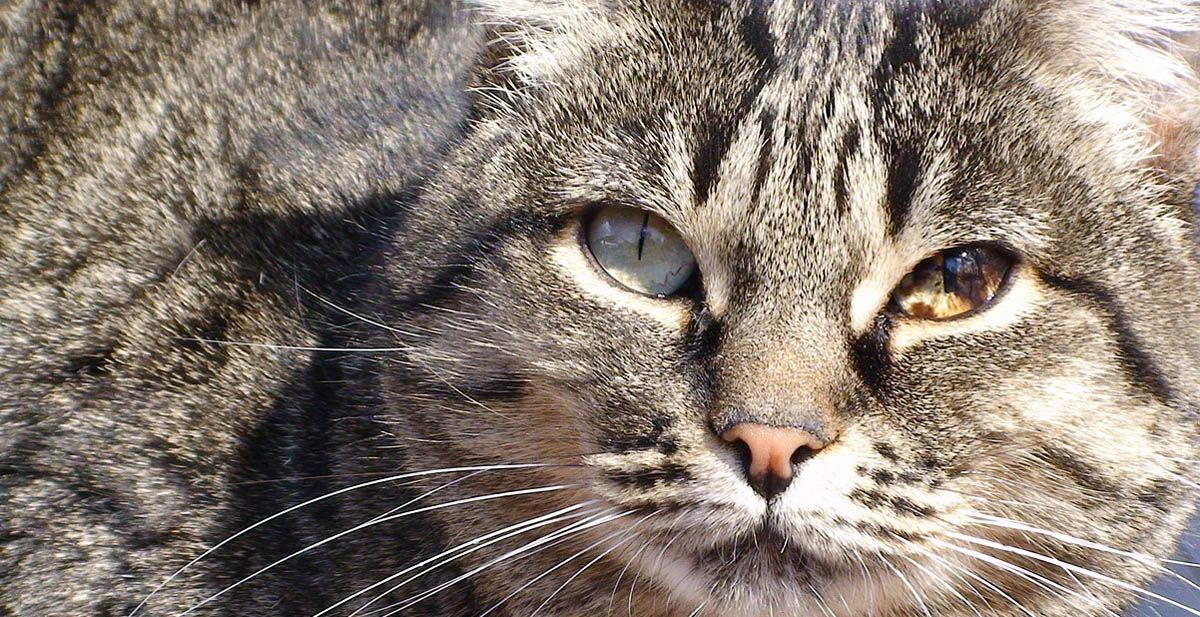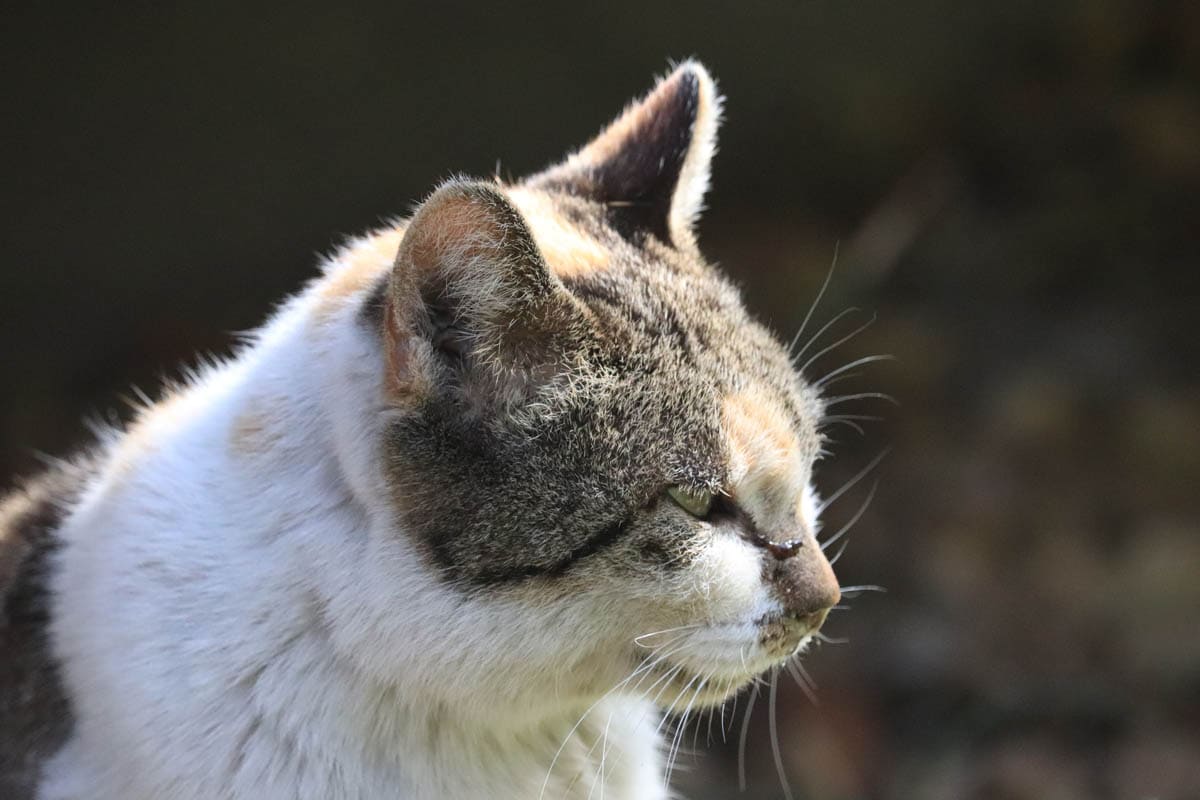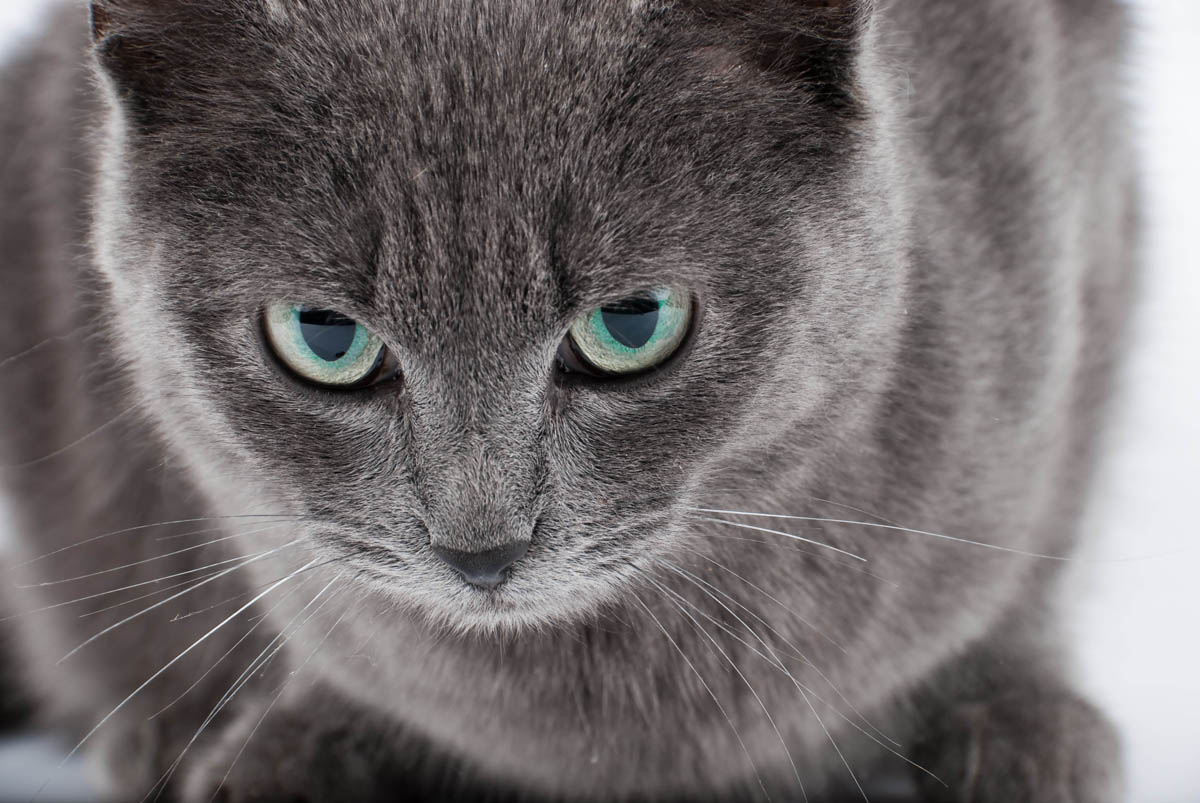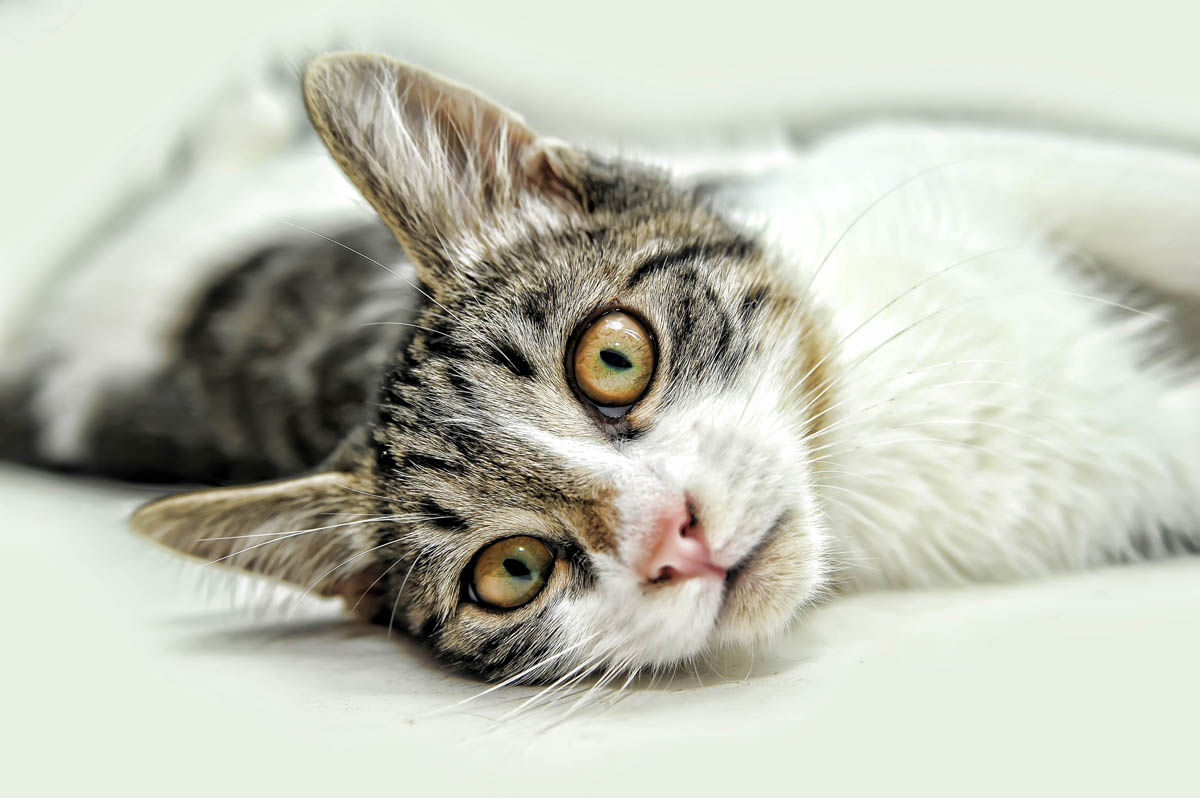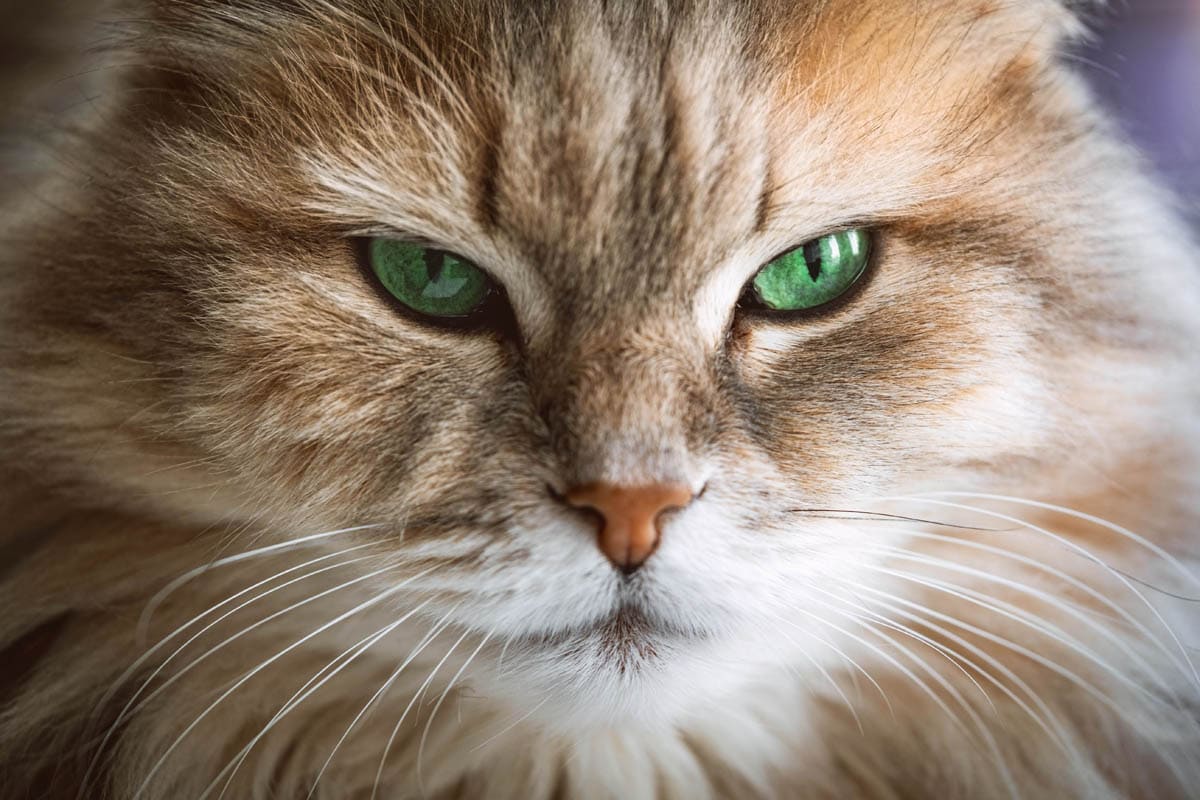Adverse reactions to topical veterinary-prescribed flea treatments are rare but can happen in some cats. Topical flea products (known as spot-on) have made the treatment of fleas, ticks and parasitic worms so much easier than tablets and pastes. These products are applied to the skin on your cat’s neck (between the shoulder blades) once a month, or as directed.
Cat Health Collection
Cat health articles. Browse our health collection for common and uncommon cat health issues.
Chemical Burns in Cats
About
Your cat’s skin is the largest organ of the body and is there to act as armour from the outside world. It consists of several layers, the outermost is the epidermis, beneath that the dermis and deepest of all the hypodermis. Burns can affect just the outermost epidermis or can go through all three layers of skin and beyond.
Rodent Ulcer in Cats
What is a rodent ulcer?
Also known as indolent ulcer, rodent ulcers are ulcerations and swelling of the lip which develops in response to an underlying allergy. Rodent ulcer is a type of eosinophilic granuloma complex, which comes in three forms.
- Eosinophilic plaque
- Linear granuloma
- Rodent ulcer
Patellar Luxation in Cats
What is patellar luxation? Patellar luxation (meaning out of place) is a condition in which the kneecap (patellar) moves (or dislocates) out of the trochlear groove, and moves to the inside (medial) or outside (lateral) of the knee joint (known as the stifle joint in cats). Medial luxation is more common than lateral. Unresolved patellar … Read more
Brown Spots (Iris Melanosis) in Cat’s Eye
At a glance
|
What are brown spots in a cat’s eye?
Medically known as iris melanosis, this condition appears as brown spots or areas of darker pigmentation on the anterior surface of the iris (the coloured part of the eye). Iris freckle is a layman’s term that may also be used to describe the condition.
Cat Vomiting Blood (Hematemesis)
At a glanceAbout:Hematemesis is the medical term for blood in the vomit which is an alarming sight for cat owners. It can be bright red (upper digestive tract) or have the appearance of coffee grounds (lower digestive tract). Causes:
Diagnosis: Baseline tests diagnostic imaging, blood coagulation tests, fecal analysis. Treatment: Find and manage the cause of bleeding as well as supportive care. |
Dementia (Cognitive Dysfunction Syndrome) in Cats
About
As veterinary care continues to improve, the lifespan of cats increases. Just like humans, age-related disorders will develop in cats as they move into their senior years including feline dementia (known as cognitive dysfunction syndrome). This condition is characterised by a loss of awareness, confusion, and decreased responsiveness and is similar to Alzheimer’s disease and dementia in humans.
Home Treatment For Constipation In Cats
At a glance
Constipation is a condition where the cat has difficulty passing a stool due to hard, dry feces.
How to help:
- Increase water consumption with additional water bowls and/or pet water fountains
- Increase fibre by adding cooked pumpkin, Metamucil or bran to the diet
- Administer cat-safe laxatives or stool-softeners such as Miralax or Laxatone
- Regularly brush the cat
- Encourage daily exercise which speeds up gastrointestinal transit time
- Change the diet to one with higher water content such as canned food or a hairball formula
- Keep litter trays clean
Skin Lesions on Cats
What are skin lesions?
Skin lesions are defined as any changes to the skin such as ulcerations, wounds, cysts, papules, plaques, nodules, blisters, erosions, sores, hives or scales.
Hyperkalemia (High Potassium) in Cats
Hyperkalemia at a glance
|


